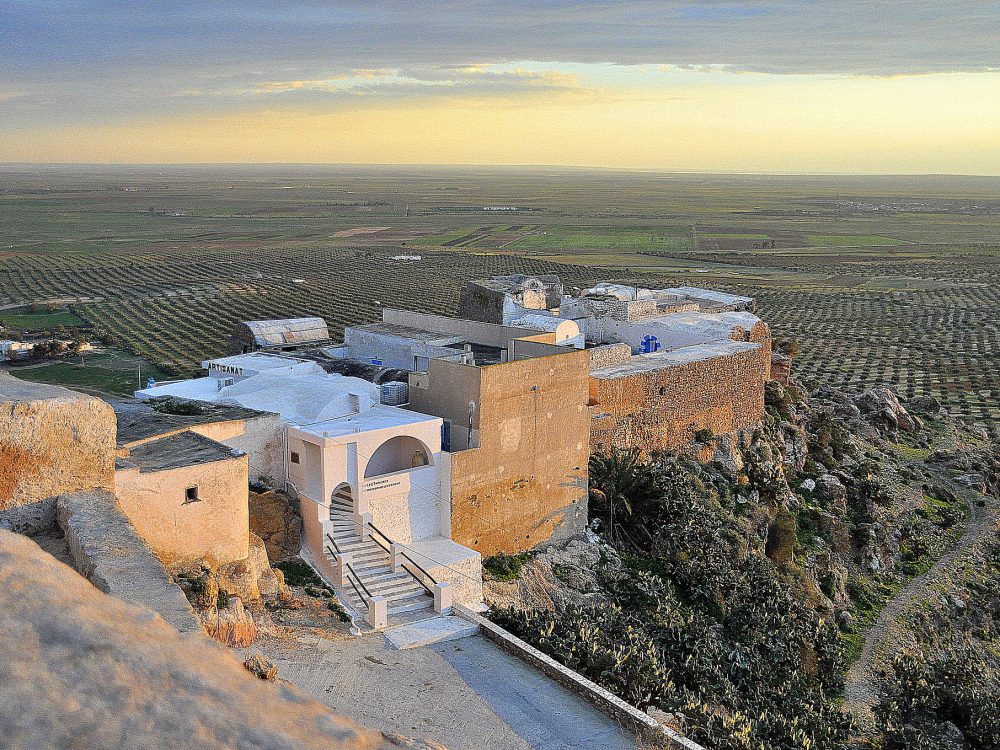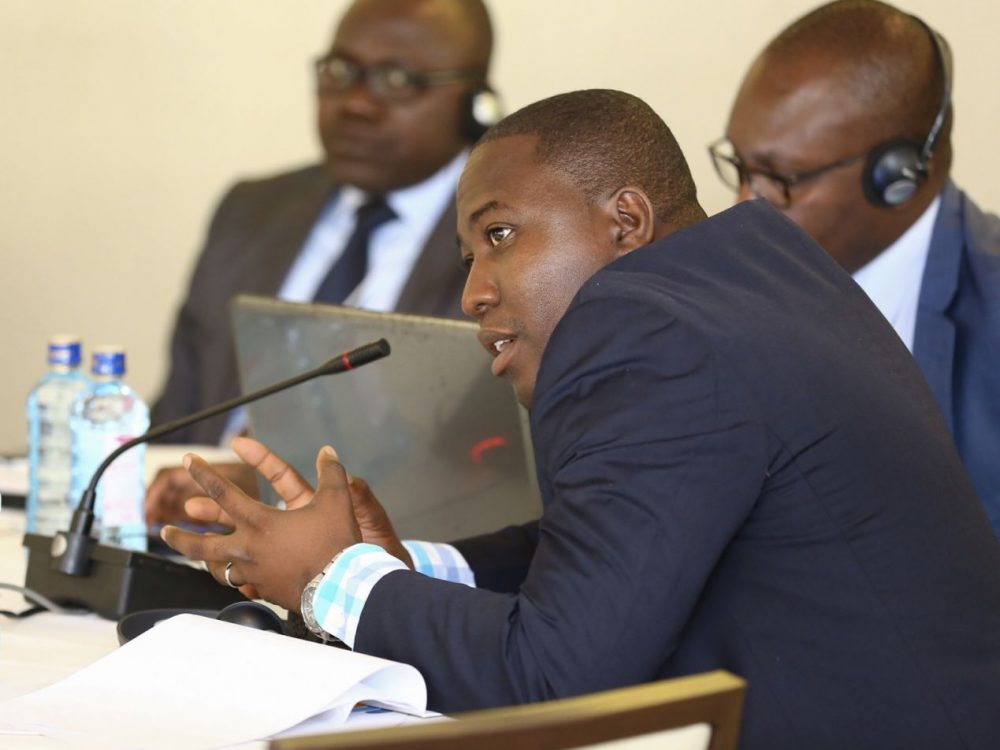A Roadmap for AMP Sustainability
Working toward a self-sustainable Aid Management Program is among the highest priorities of Development Gateway. We believe that an AMP has the best chance of longevity when the government has the skills it needs, the resources it requires, and commitment from decision-makers. However, empowering a partner country to manage a program and maintain technology doesn’t happen overnight.
At the #AMPWS2014 in Nepal, DG hosted a session to collect feedback on an AMP sustainability plan to help our partners develop the skills and garner the support necessary to sustain the investment made into AMP. Delegates at the workshop were asked to brainstorm around highest priority indicators for sustainability, and how DG and their own teams could achieve these goals. The path toward country ownership was eventually broken down into seven steps to successful sustainability, encompassing institutional, technical, and capacity elements:
- Co-create work plans which are objective-based and built on good practices: It’s important that, from the beginning, everyone is clear on AMP processes – and that we have long term commitments from development partners and government leadership to invest the resources needed for success.
- Evaluate work plans on a yearly basis: DG and government leadership should touch base annually to check what’s working and what needs adjustment, ensuring coordination, open lines of communication, and a smoother path forward.
- Include sustainability metrics in regular reporting: This step also includes an emphasis on increased regular reporting from Development Partners (DPs) – for example, drafting agreements that ensure all implementation information is entered into AMP. DPs need to provide funding support to ensure they are able to report to AMP in a timely, complete fashion.
- Work with leadership to address issues incrementally: The government plays an important role in supporting AMP sustainability by, initially, making sure the use of AMP is compulsory in different line ministries. As sustainability increases, the government needs to ensure proper mobilization of resources and commitment. Institutionalizing the rules of the game early on with bounded roles and responsibilities helps ensure that the AMP will be leveraged appropriately.
- Improve our knowledge base: In order to decrease reliance on DG for ongoing knowledge transfer, DG will work towards providing online training modules, ensuring documentation is hosted all in one place, and that are clearer and easier to use.
- Streamline the technical approach: DG will work closely with government representatives and the AMP technical team to ensure that AMP is simpler to use, administer, and manage from a platform-perspective.
- Develop a clearer institutional roadmap: This is the next step – and it’s in our court. Thanks to input from partner governments, we’re drafting a tiered, scalable sustainability plan to share with our partners.
All the above encompass the need for increased technical and capacity elements, as well as increased government and DP support. Each country will follow a different path towards sustainability; each country will face different challenges. However, our overarching goal is to help all of our country partners reap long-term decisionmaking benefits from tools like AMP. Through co-ownership of this process – by DG, governments, and development partners – we’re confident the oversight of aid data curation, management, and decision making can be sustainably transferred into the hands of country governments.
Image from Marco Arment under CC BY 2.0.
Share This Post
Related from our library

How useful is AI for development? Three things we learned from conversations with development experts
The development world is buzzing with excitement over the idea that new and emerging applications of artificial intelligence (AI) can supercharge economic growth, accelerate climate change mitigation, improve healthcare in rural areas, reduce inequalities, and more. But what does this look like in real life?

At a Glance | Tracking Climate Finance in Africa: Political and Technical Insights on Building Sustainable Digital Public Goods
In order to combat the effects of climate change, financing is needed to fund effective climate fighting strategies. Our white paper, “Tracking Climate Finance in Africa: Political and Technical Insights on Building Sustainable Digital Public Goods,” explores the importance of climate finance tracking, common barriers to establishing climate finance tracking systems, and five insights on developing climate finance tracking systems.

AMP Through the Ages
15 years ago, AMP development was led by and co-designed with multiple partner country governments and international organizations. From a single implementation, AMP grew into 25 implementations globally. Through this growth, DG has learned crucial lessons about building systems that support the use of data for decision-making.